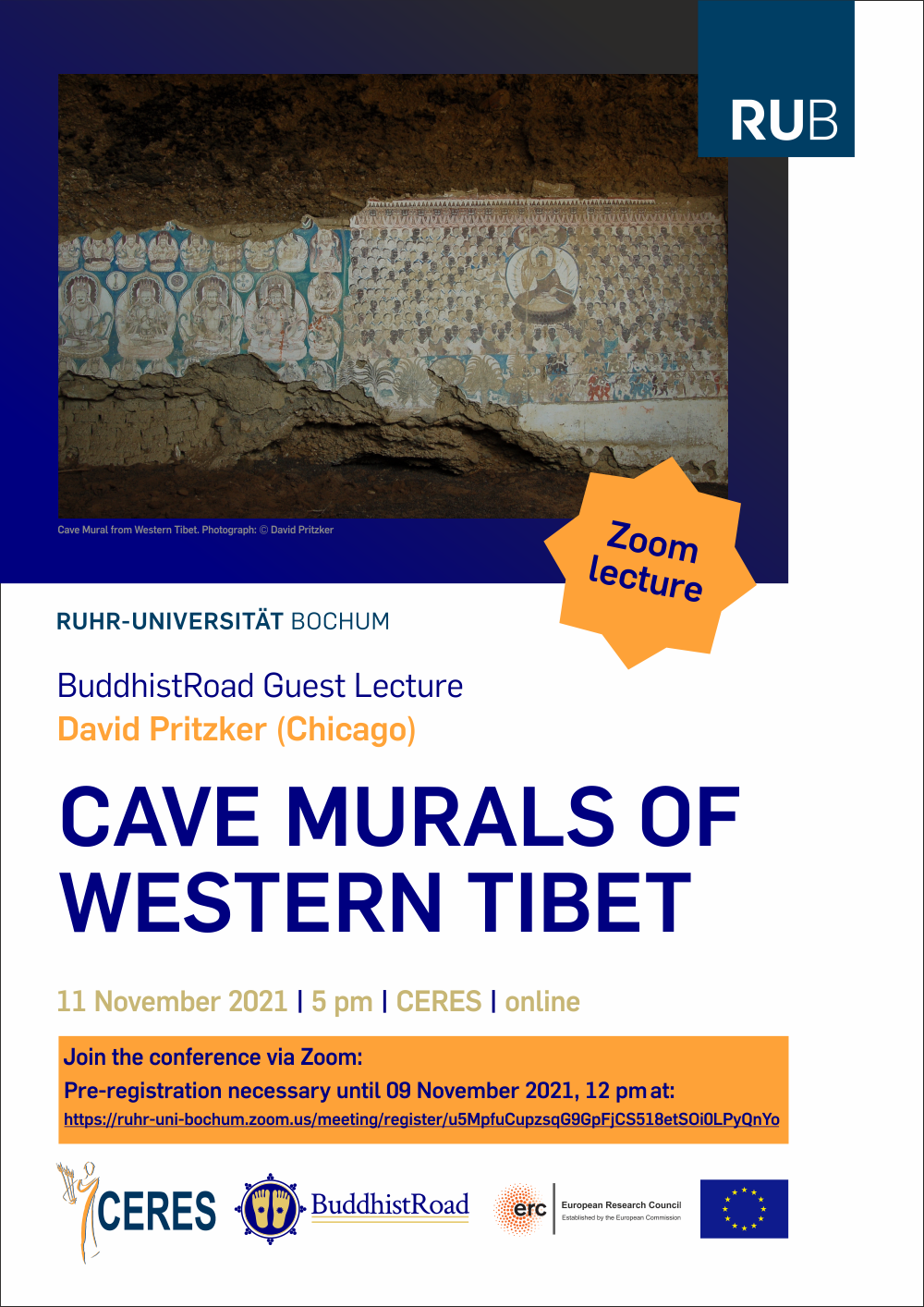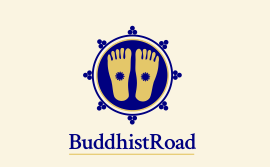Cave Mural of Western Tibet

09 November 2021 - David Pritzker (Chicago, IL)
Cave Murals of Western Tibet
online guest lecture at the BuddhistRoad project, CERES, Ruhr-Universität Bochum
In keeping with aims of the BuddhistRoad project the present lecture will explore the relevance of the Silk Road in the establishment and presentation of Buddhism and Kingship in West Tibet. The end of the Tibetan Empire’s Pugyal Dynasty (Tib. sPu rgyal, 7th to 10th c.) and the beginning of the kingdom of Tö Ngari Korsum (Tib. sTod mNa’ ris skor gsum) in West Tibet is symbolically embodied in the escape of the royal son Kyi de Nyima Gön (Tib. sKyid de Nyi ma mgon, d. ca. 930) from the maelstrom of revolt and collapse in Central Tibet. As the bridge between old and new, Kyi de and his heirs carried the authority and legacy of the Pugyal Tsenpo (Tib. spu rgyal brtsan po) towards the Highlands of West Tibet (ca. 910). But this was not simply a direct transfer from Central Tibet to West Tibet, rather on closer examination of textual and art historical material it becomes clear that this transformation was one that was directly informed by the major Buddhist centers along the Silk Road, from Dunhuang and the Hexi Corridor in the East to greater Kashmir and the Wakhan Corridor in the West. In this light, the presentation will uncover a West Tibetan kingdom deeply influenced by the Silk Road.


